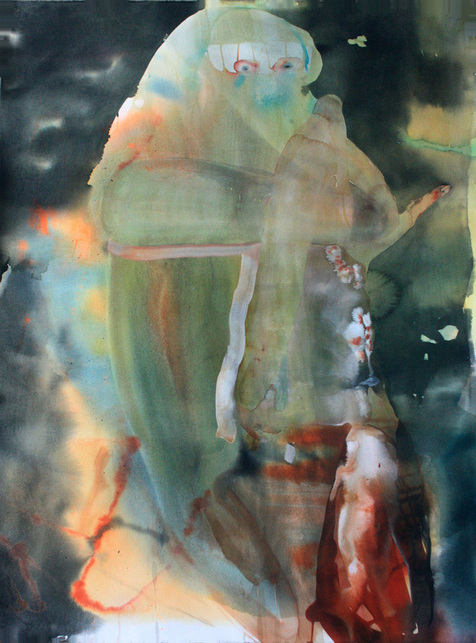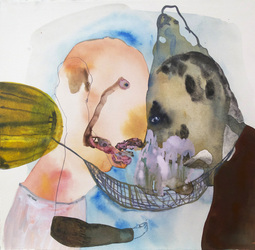Ink on paper is not forgiving. Maja Ruznic totally embraced this quality after working with oil paint. As she explains: “Because I can’t edit I’m forced to be more honest, because for me the first gesture, that first instinctual action is often the most authentic.”
I first learned about Maja Ruznic while browsing the fantastic website ‘In the Make‘ featuring US West Coast visual artists. Maja’s interview and video at her studio are compelling: at age 9 she fled Bosnia with her mother when the war broke out. After spending some years at refugee camps in Germany and Austria they finally ended up in the United States. In her own words: “There was a great sense of chaos and unrest during that time which has informed a lot of what I am curious about, and certainly created a need to record as a way of holding on to experiences.” She now lives and works in Los Angeles.
They are not pretty. The characters born from the convergence of her memory, imagination, and daily observations are often misshapen and wide-eyed, staring at nothing in particular. Maja Ruznic’s haunting portraits do not fade easily in your mind.
I was touched by what she says about the influence of her mother on her art-making: “My mother believed in the creative spirit and urged me to draw, paint and write, no matter how poor we were. When I was very young, before I could even read, I would play with her books and pretend that I knew how to read and make illustrations in the margins of what I thought the book was about. She never once scolded me for marking up her books, and that carried and continues to carry significance for me.
Check out her website for more!









